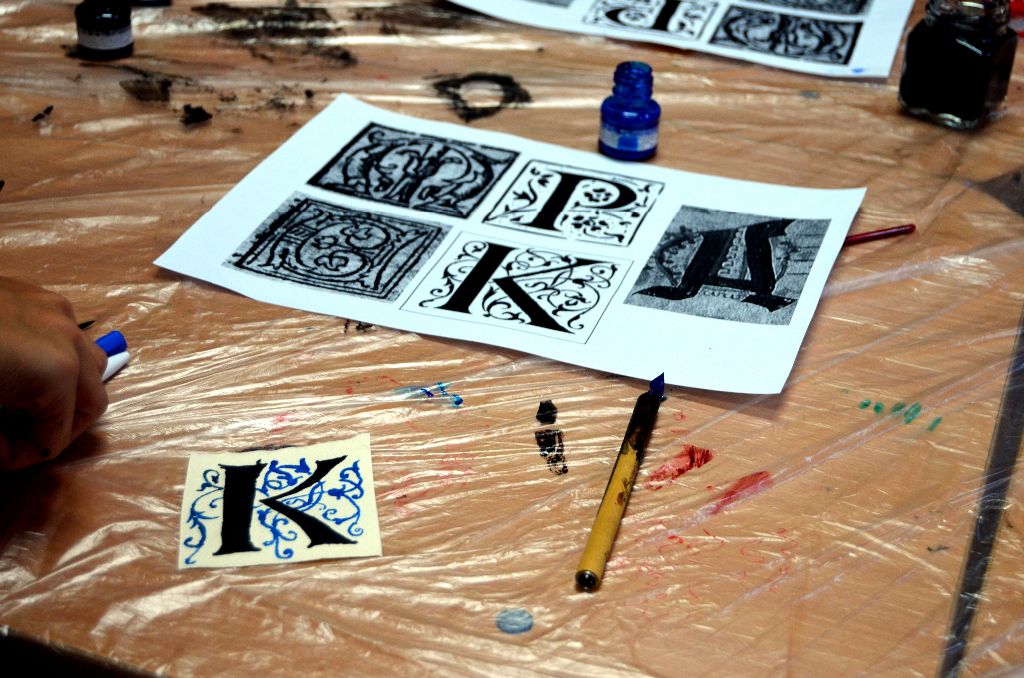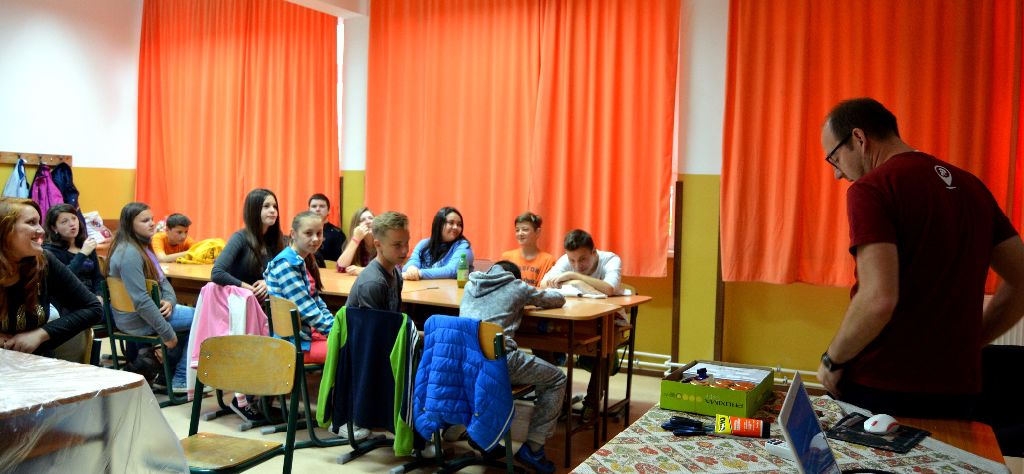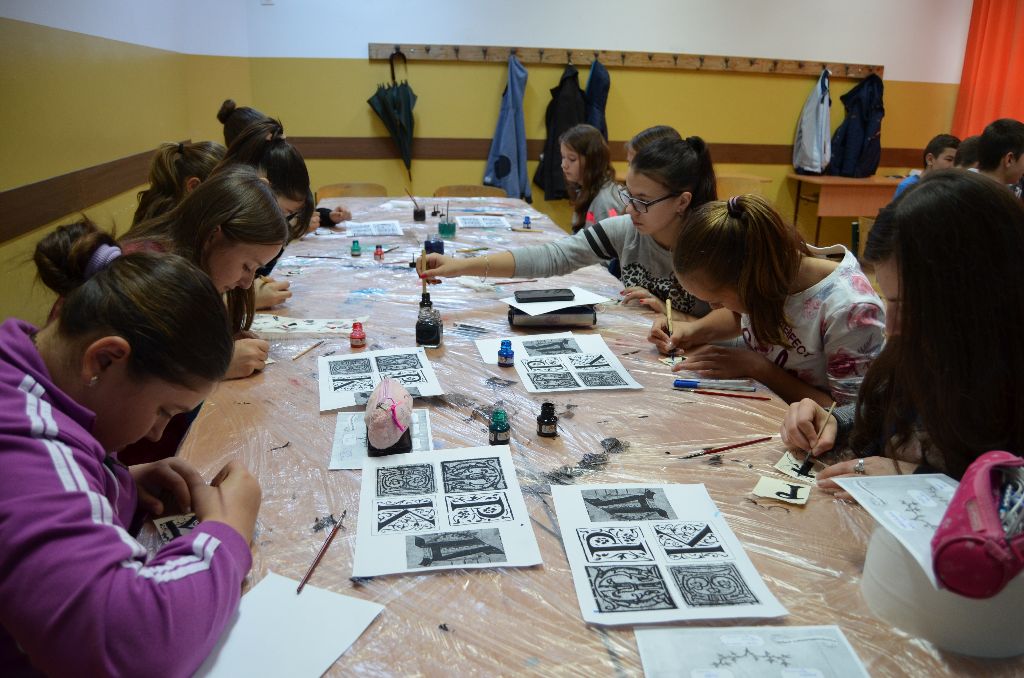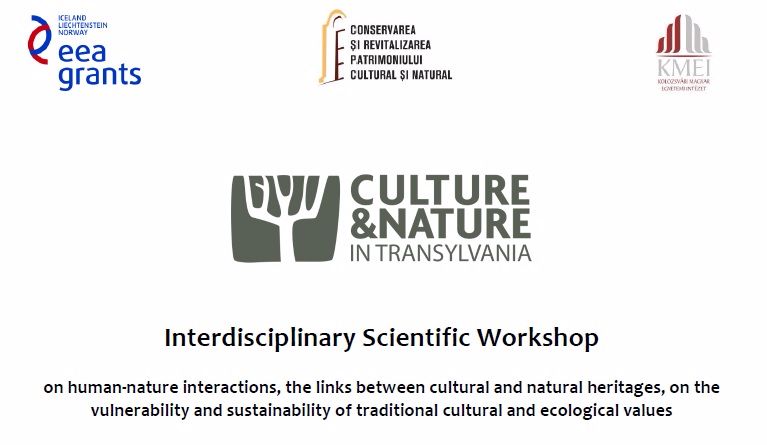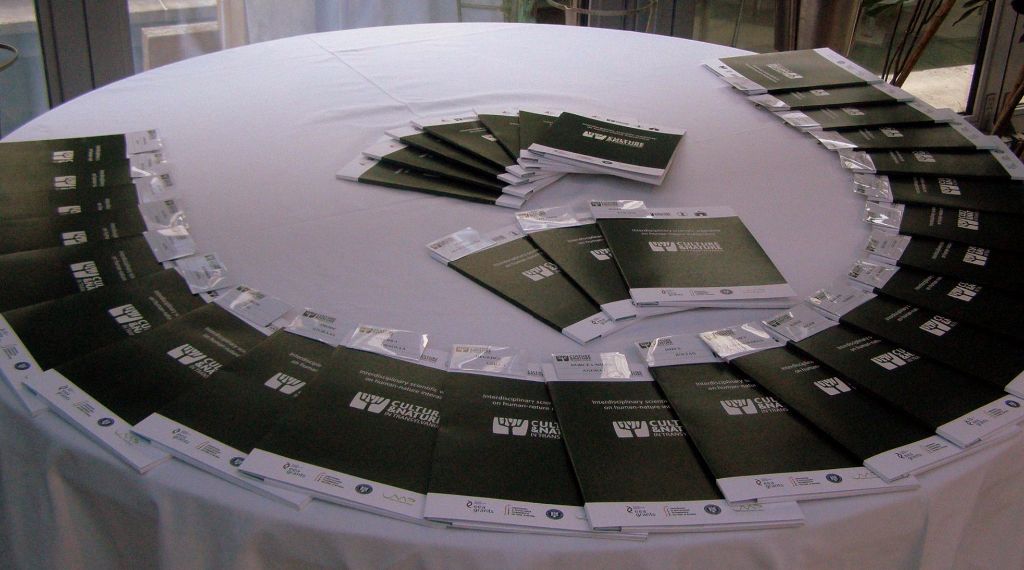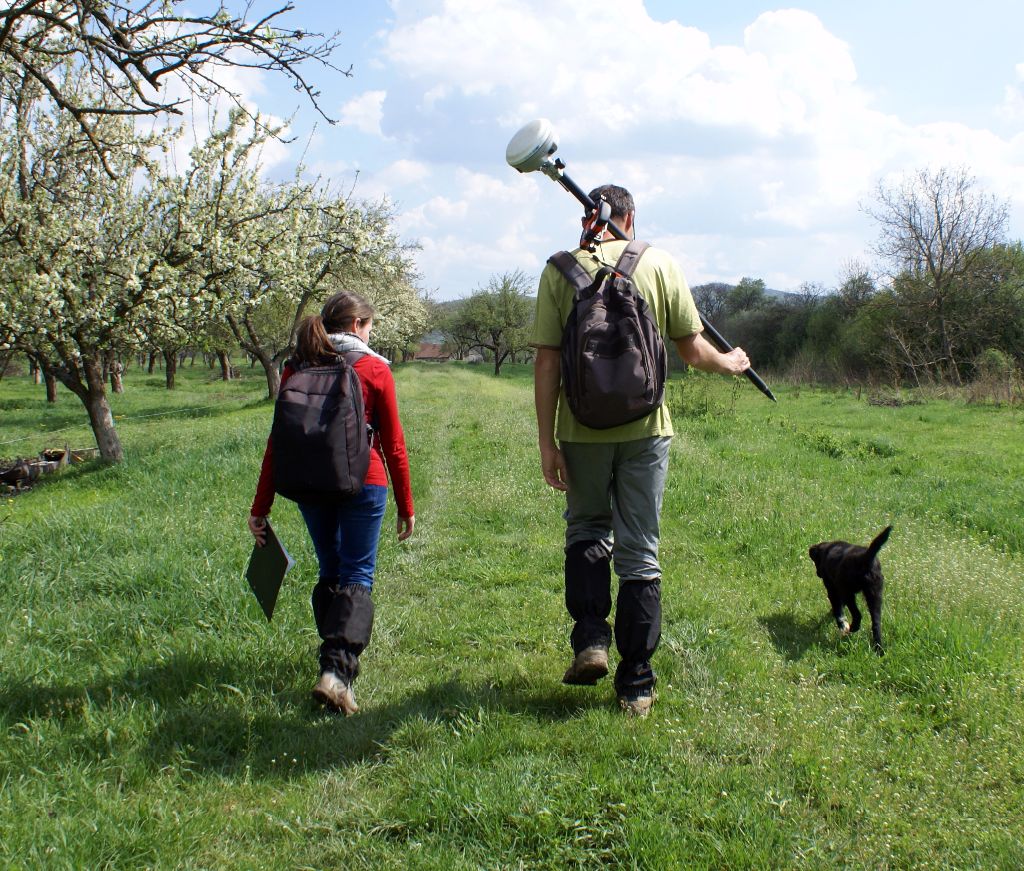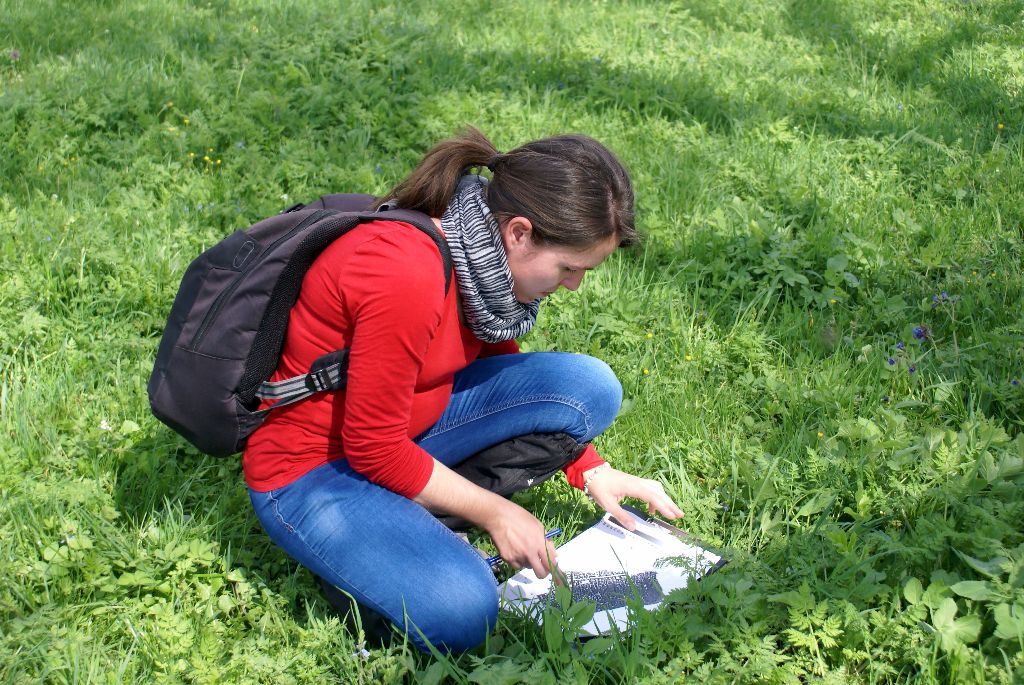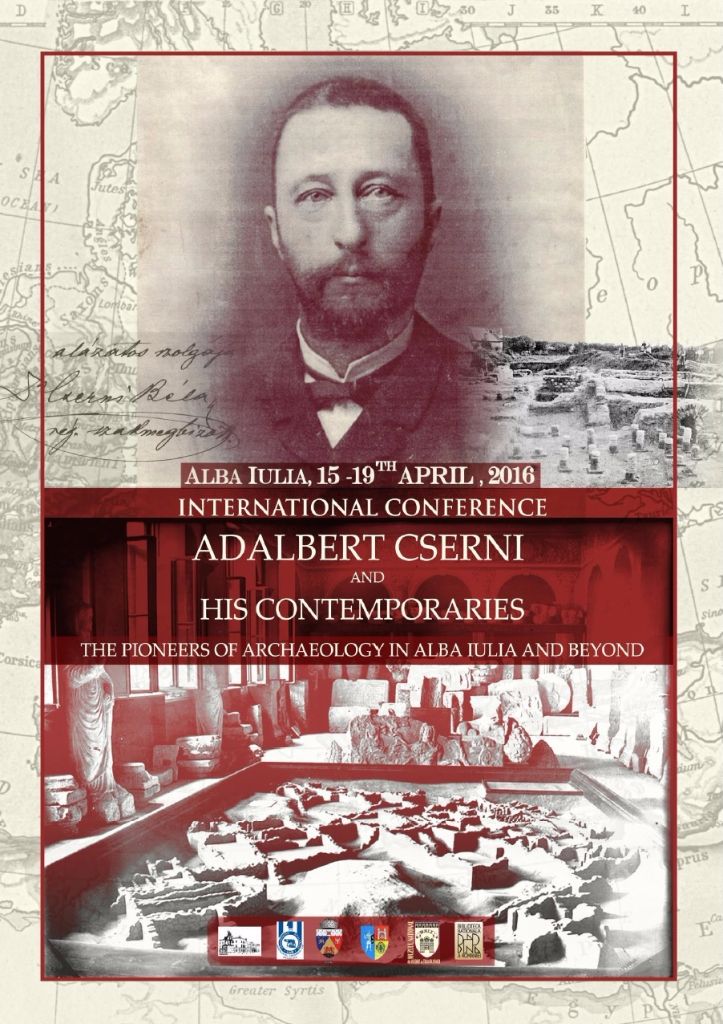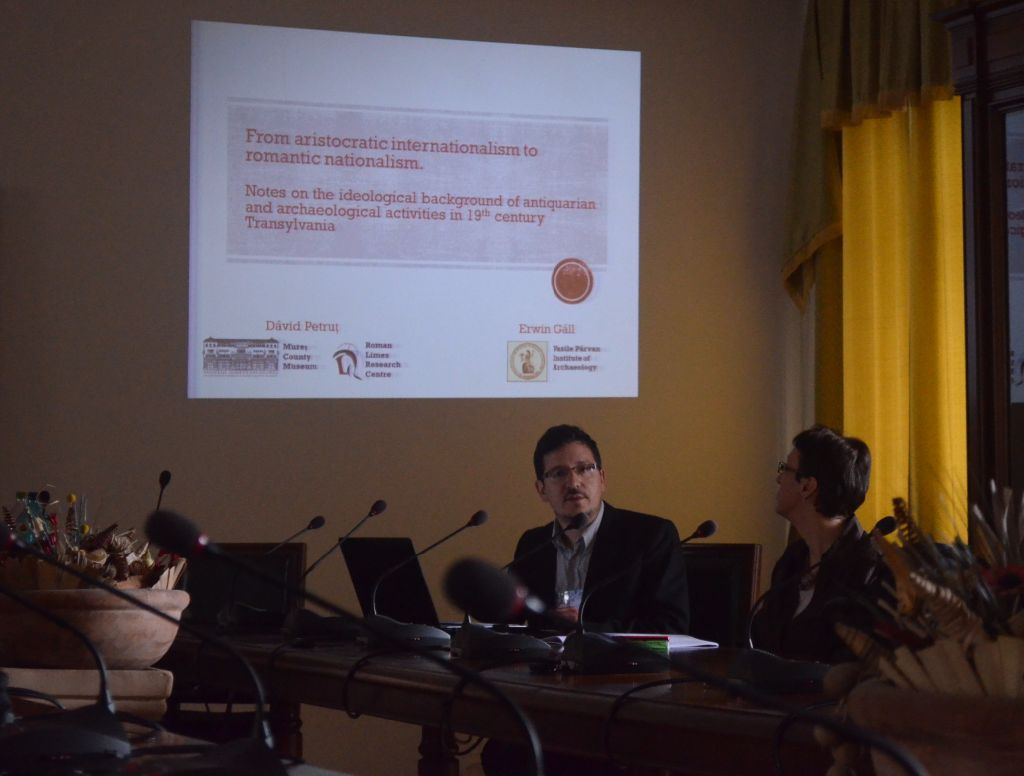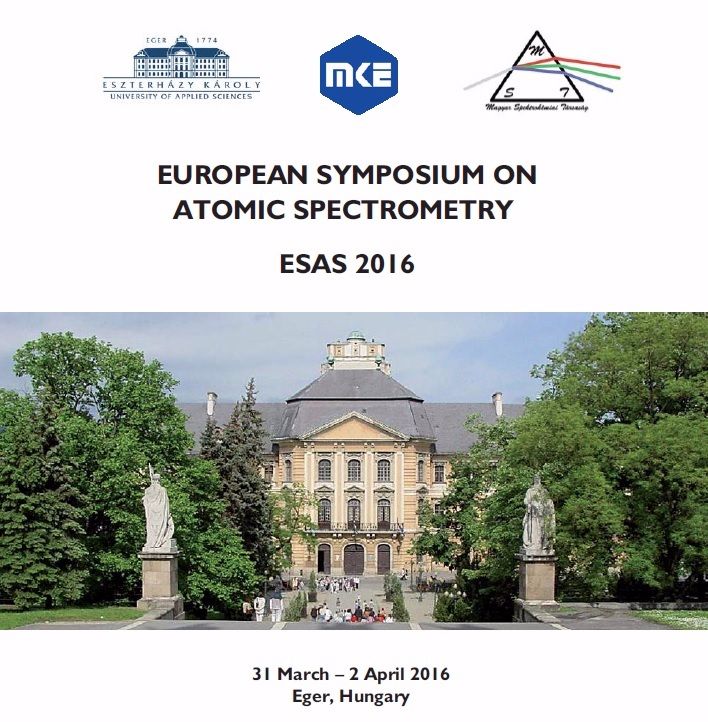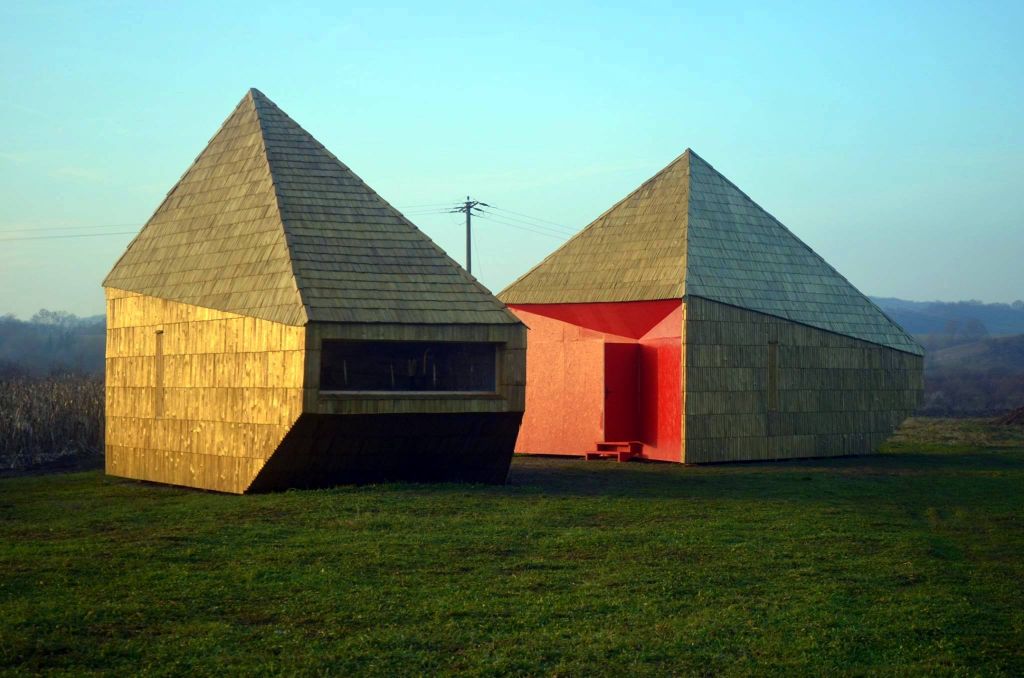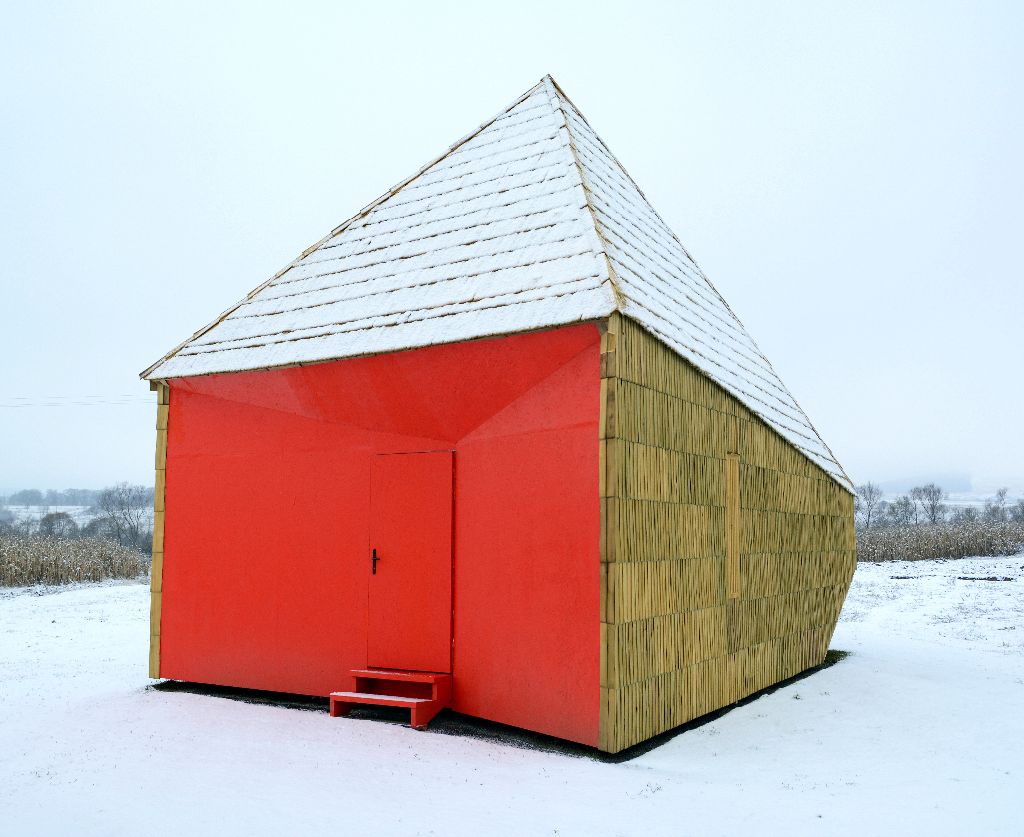Renaissance school, differently
Children can be very enthusiastic about history and also, what can be bigger fun than creating your own Renaissance initial?
On the 20th of April, members of our team presented some of the highlights of the Renaissance Era in the “Bethlen Gábor” School from Odorheiu Secuiesc, as part of the “School, Differently” program. After the intriguing presentation about Renaissance in general and the monuments in the vicinity that carry the marks of this period, two workshops followed: the first was to create a genealogical tree to which each student could add a coat of arms. These, of course, were made after the established laws of the heraldic. The other workshop consisted of the design and painting of personalized initials, where some of the students used the existing patterns, others drew totally new ones.
Each initial and painting was unique, recreating the air of long past centuries and offering a great day to all participant of this event.
